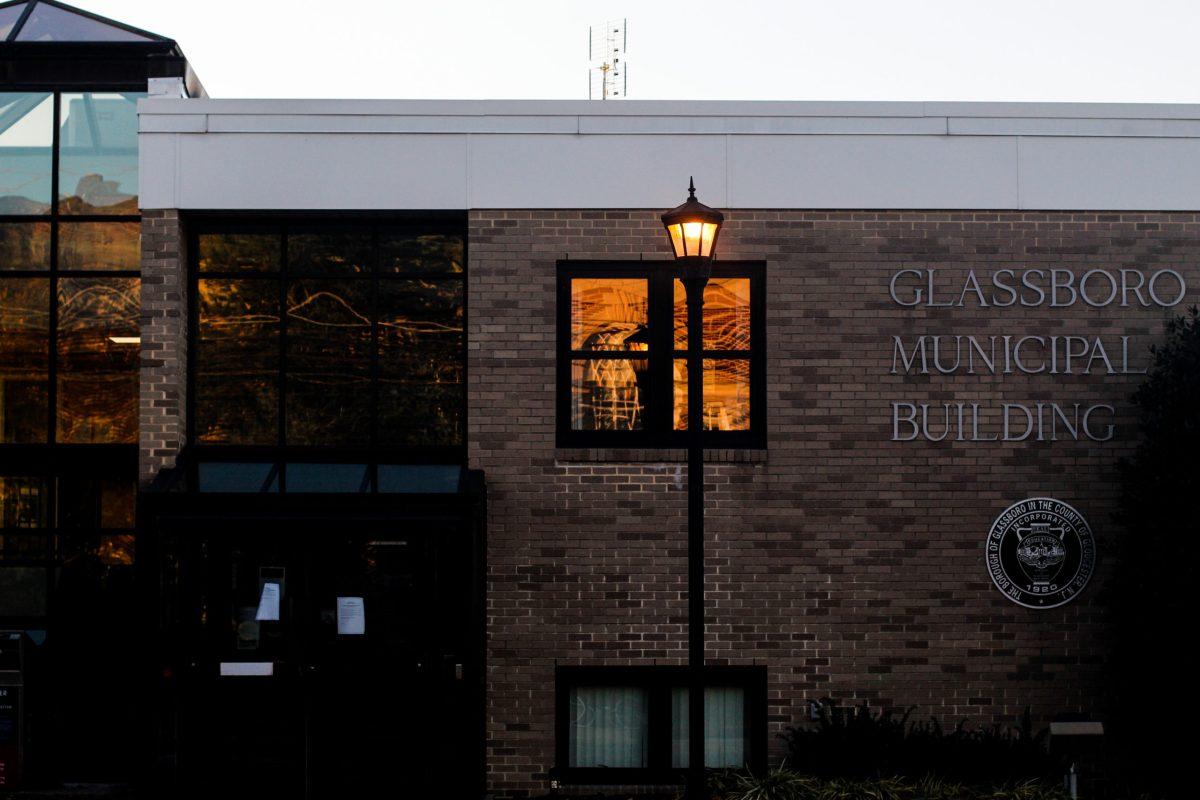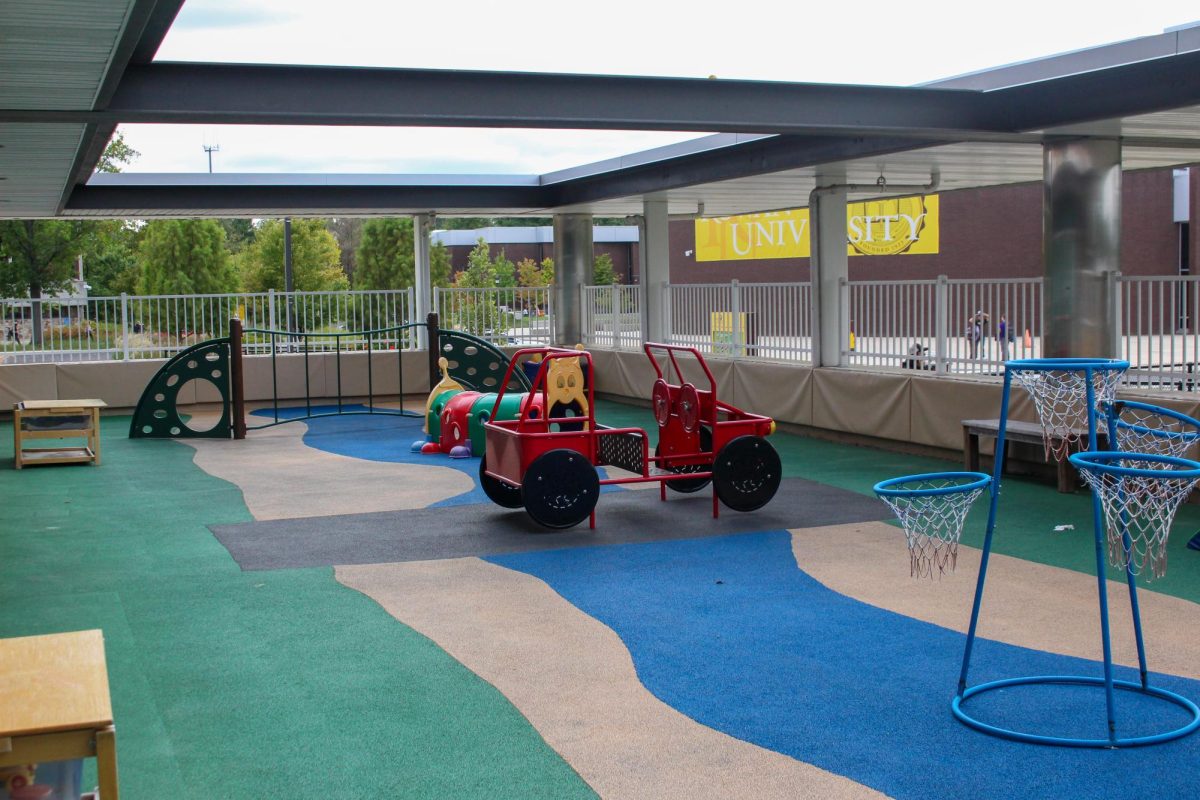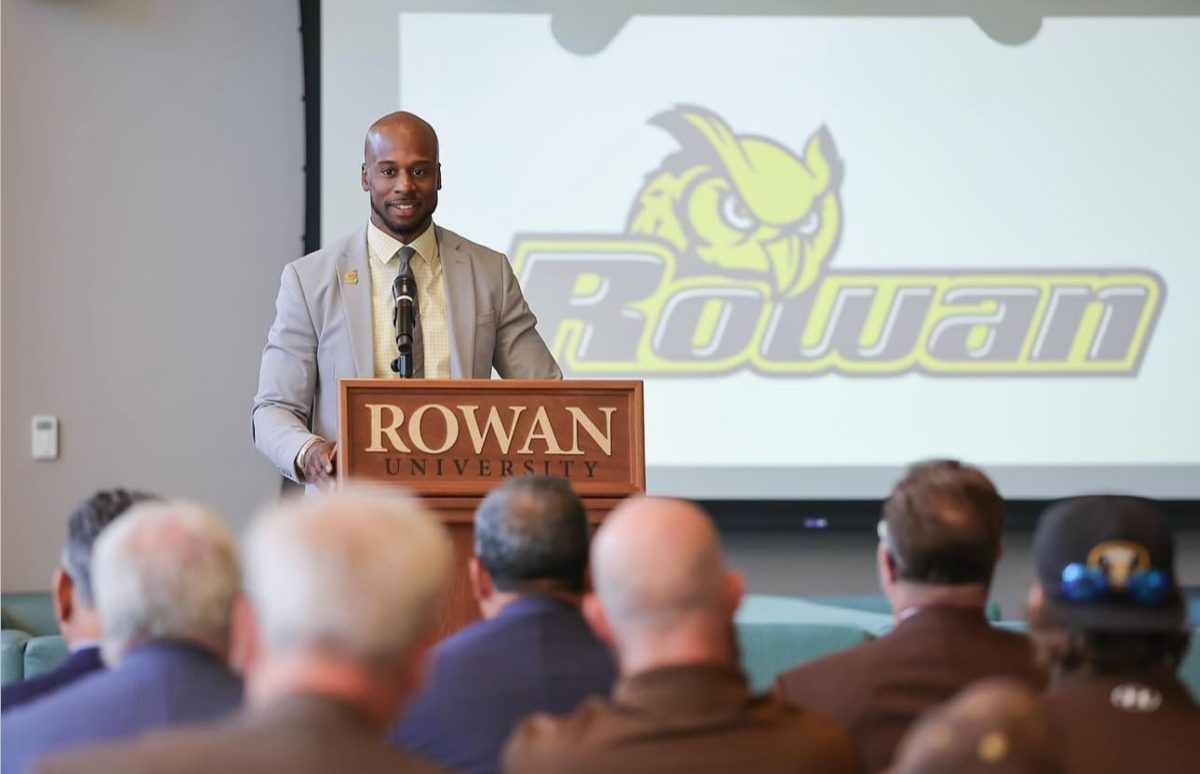On Tuesday, Nov. 17, Glassboro Mayor John E. Wallace III announced reduced staffing procedures for all of Glassboro’s municipal buildings that are open to traffic.
“We want to keep our employees as safe as possible. So, we’ve essentially split our staff in half. Half working from home and the other at Borough Hall,” Ed Malandro, the Glassboro borough administrator, said.
“This way, if someone gets infected, we aren’t losing the whole staff, we are losing one other person, and then we have two other people we can bring back in.”
The curtailing of municipal employees is reminiscent of Glassboro’s initial precautionary measures when COVID-19 arose in the spring.
“We did this back in the spring as well when it first happened. We originally shut down Borough Hall and used the same strategy, so this is nothing different; we’ve already done this,” Malandro said. “The strategy was very effective for us; we’ve only had a couple of people, including our police officers, that have been infected by COVID-19.”
According to NJ.com on Wednesday, Nov. 18, “New Jersey health officials reported 4,063 new coronavirus cases, the fourth time in five days with more than 4,000 new positive tests.”
“The cases in New Jersey are staggering again; they are approaching where we were back in the spring when we are averaging about 4,000 per day,” Malandro said.
During the “first wave” of COVID-19, counties in Northeastern New Jersey were some of the nation’s first places to endure the pandemic. Today, Middlesex, Hudson, Essex, and Bergen remain the leaders in confirmed cases.
Recently cases have begun to grow in South Jersey, and most drastically are the rise of cases in Gloucester County’s neighbor, Camden.

According to the recent NJ Department of Health data, Gloucester County has had a total of 7,432 positive test results since the onset of the pandemic, which is relatively high, considering the county had about 3,700 in early September.
Even though cases are on the rise in South Jersey, Rowan’s testing hasn’t reflected any alarming spike since a peak of 47 cases on Sept. 8.
“If people can do their government business from home, pay their taxes via other avenues than coming into Borough Hall, we would appreciate that. That’s one of the reasons the mayor put the letter out, to let people know there are other ways to get borough business done,” Malandro said.
On Dec. 9, Borough and Rowan University officials will join a panel with Mayor Wallace to answer community concerns about Rowan’s COVID-19 plans and safety measures regarding students returning for the fall semester.
To participate and submit questions to the panel, go to glassboro.org/covid19-Info.
Glassboro City Council and Rowan University have other initiatives to help residents, like the Rowan-Glassboro Neighbors Table. If a Glassboro resident requires food assistance, they can visit Glassboro.org, where there is a link to sign up for the Glassboro Neighbors Table.
Meals are delivered to Glassboro residents on Friday evenings, from 4 to 6 p.m., or may be picked up at Rowan University Commuter Parking Lot C on Fridays between 4 and 4:30 p.m. (Entrance at 654 Carpenter Street, Glassboro, 08028.)
Important information:
- Glassboro residents must complete a confidential registration each week.
- Orders must be placed no later than 6 p.m. on the Wednesday before the Friday pick-up or delivery.
- Glassboro residents with a Glassboro street address may choose delivery or pick-up; participants outside Glassboro must pick up their meals.
- Jersey Mike’s will be served on Nov. 20.
- Lorenzo’s will be served on Nov. 27, Dec. 4, 11, and 18.
For more information on the Glassboro Neighbors Table, email Andrew Perrone, at [email protected], Rowan University Office of Community Service & Volunteerism, or call 856-256-4597.
For comments/questions about this story, email [email protected] or tweet @TheWhitOnline.
























































































































































!["Working with [Dr. Lynch] is always a learning experience for me. She is a treasure,” said Thomas. - Staff Writer / Kacie Scibilia](https://thewhitonline.com/wp-content/uploads/2025/04/choir-1-1200x694.jpg)










































